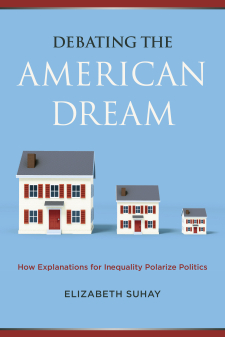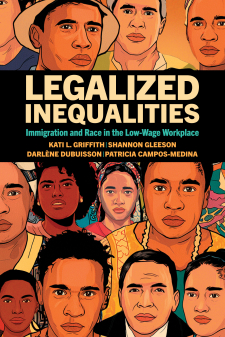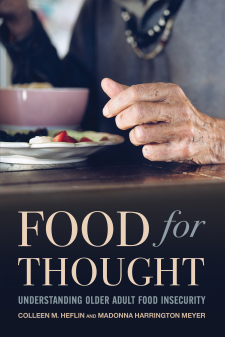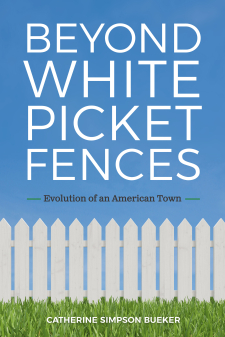Rational Responses to Uncertainty? Understanding Disadvantaged Youths’ Post-Secondary Education Choices
Significant strides have been made in increasing post-secondary enrollments among high school graduates. In a recent cohort, nearly 90 percent of high-income students enrolled in some type of higher education after high school, as did three-quarters of low-income students. Degree completion is another matter. Only nine percent of youth in the lowest income quartile complete a four-year degree, whereas 77 percent of youth in the highest quartile graduate from college. Disproportionate numbers of minority and low-income students pursue higher education at community colleges or for-profit training academies instead of at four-year colleges. Low- income students are three-and-a-half times more likely to enroll in for-profit institutions than higher-income students, and more students of color begin their postsecondary education in for- profit institutions than in public or private two- or four-year schools. This raises questions about why these students opt for sub-baccalaureate or for-profit institutions to begin with. Few studies examine how such postsecondary decisions get made.
Sociologists Stefanie DeLuca and Nicholas Papageorge propose to study how low-income and minority students choose postsecondary programs, focusing on student perceptions of returns, how these perceptions affect their choices, and whether they would make different choices given more counseling and support while applying or more flexible policies after they enroll. Their main hypothesis combines economic theories of rational dynamic investment decisions and ecological models of human development which acknowledge the importance of social settings in explaining life course outcomes. Many low-income and African-American youth frequently experience “adverse shocks,” such as family members or friends being evicted, arrested, incarcerated, injured, hospitalized, or killed—all of which can disrupt schooling. The PIs intend to examine whether and how such shocks and instabilities shape students’ postsecondary decision-making, asserting that if youths correctly anticipate that adverse shocks will interrupt, and possibly derail, their educational pursuits—then avoiding longer-term four- or even two-year degree programs is a rational decision.





